John Hurrell – 11 May, 2025
In each of these, the complex patterns of the super-fine front and back weaves and their perceived density depend on what is behind the front surface and inside the outer stretcher tray-bars. Sometimes the inside stretcher walls (vertical and horizontal) are lined with mirrors or the back is such to double frontal (‘picture-plane') weave density, and also more importantly, to create blurry smudgy edges that dissolve the borders of the central hovering image.
Jonny Niesche last exhibited in Auckand four and a half years ago. His new show, Fat Lava, presents two sorts of unstable planar surface to be examined by a curious viewer—two sorts of looking: one through an evanescent obstacle of mesh; the other uninterrupted upon a restlessly shuddering reflective field within an installation.
One is intimate, contemplative and private; the other social, community-oriented and disturbing. One a selection of discrete squares, each with layers of gauze stretched tight across thick trays, ‘Rothkoesque’ units spread apart on walls; the other a vibrating ‘soft’ mirror on the end wall of a large room, that is the full width and height of a large oblong-shaped space, and which is dramatically affected by loud (very bassy) music, so that it creepily buckles or ripples—showcasing wiggly distorted neon tubes originally straight and set in the ceiling.
Around the corners, on the intercepting walls, unexpected washes of delicate colour infuse the air. Yet despite this, aural sensations dominate as the whole (profoundly immersive) space is vibrating.
Each of the two visual and auditory experiences affects the viewing vertical body differently: either gazing down across deep space or slowly looking, in uneven steps, around walled perimeters at what at first glance appear to be solid handmade ‘paintings.’
In each of these, the complex patterns of the super-fine front and back weaves and their perceived density depend on what is behind the front surface and inside the outer stretcher tray-bars. Sometimes the inside stretcher walls (vertical and horizontal) are lined with mirrors or the back is such to double frontal (‘picture-plane’) weave density, and also more importantly, to create blurry smudgy edges that dissolve the borders of the central hovering image.
This is a remarkable, highly sophisticated, presentation about perception that relies on each visitor paying close attention to their movement, spatial position and the unusual combination of optically-sensitive materials arranged before them. There is also a sly surrealist quality here with the room mirror that is dreamlike, chopping away at assumed visual comprehensions, and possibly (with the others) certain famous ‘scientific’ contributors to art history, ranging from Georges Seurat to Robert Irwin and Dan Graham.
John Hurrell
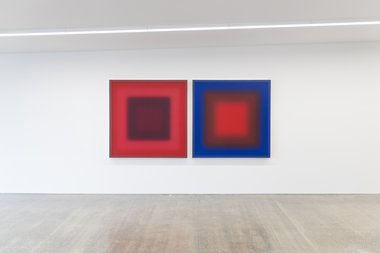
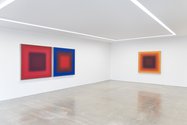
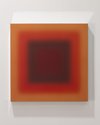
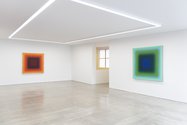


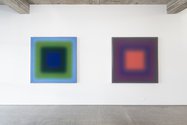
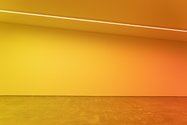
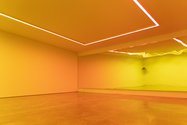
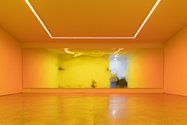
 Two Rooms presents a program of residencies and projects
Two Rooms presents a program of residencies and projects Advertising in this column
Advertising in this column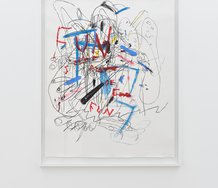

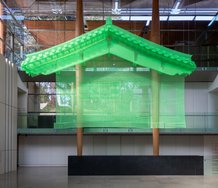
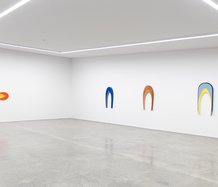
This Discussion has 0 comments.
Comment
Participate
Register to Participate.
Sign in
Sign in to an existing account.